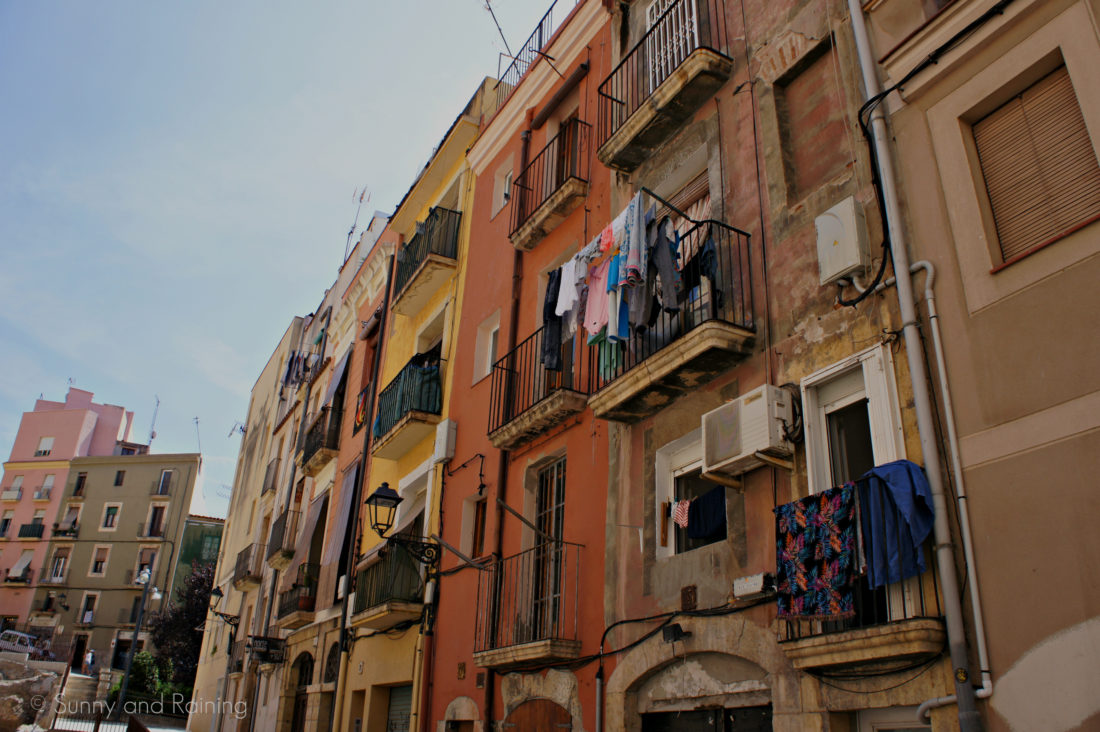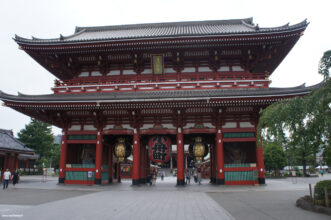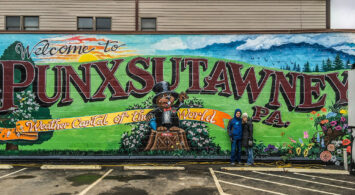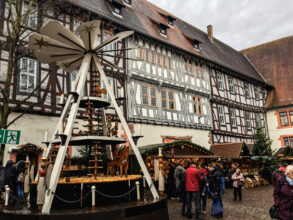E: We were sitting at MSP’s Gate G10 with our bags packed, watching Zone 2 get on the plane to Barcelona, when we heard our names over the loudspeaker.
“Standby passengers Timothy and Elizabeth, please report to the desk.”
We exchanged knowing, wide-eyed glances.
We needed to decide within the next 30 seconds if we actually wanted to join the other passengers on the plane to Spain.
We weren’t against the idea of hopping over to Europe for the long weekend, but the flights to Asheville, North Carolina later that evening and on the way home were wide open. A stress-free non-rev travel weekend awaited us — something that’s almost unheard of on our trips.
Asheville had always been on our short list of places we decided we would visit if the seats were open. Plus, our chances of actually making the flight to Spain seemed somewhat unlikely when we arrived at the airport. We had wandered over to the gate assuming there wouldn’t be any space for us.
But there we were. Seats together, an opportunity in front of us and a split second to decide our next move.
Fear of Missing Out got the best of us.
About eight hours later, we were on the other side of the Atlantic Ocean, spending our evening wandering the historic streets of Barcelona.
. . .
T: Few things are as transformative to a city’s permanent image than an Olympic Games. Barcelona is proof positive of that.
Tucked up on Montjuic, a hill overlooking the city and harbor, Barcelona’s Olympic Village sits largely intact, 26 years after it hosted the 1992 Summer Games. The stadium is still used for the occasional soccer match or concert and the grounds are still open to explore.
After landing in Barcelona and checking into our hotel, we trekked through part of downtown, saw the Barcelona Cathedral and wandered through the streets. Eventually, we made our way up the hill, climbing our way into that historic month 25 years ago that rejuvenated this city.
It was a dreary evening, and the peak tourist season was in the rearview mirror, so our stroll through the grounds was quiet and eerie. We peeked through the dilapidated iron gates to see inside the stadium. Wandering through the rest of the area, including the Plaça d’Europa, was surreal. A long, narrow reflecting pool centers the enormous plaza. The stadium looms beautifully above several grand staircases and a fountain as wide as the plaza itself.
Descending back down from the hilltop, we made it to the Font Mágica de Montjuic in time for the light show. The fountains lie just below the Museu Nacional d’Art de Catalunya, another jewel of Barcelona’s 1927 World Fair, and we joined nearly a thousand people enjoying the first show of the evening with their families. Beautiful streams of color and wide ranges of music accompany the fountains, making for a brilliant end (or beginning) of an evening in Barcelona.
And then, it was time for some tapas.
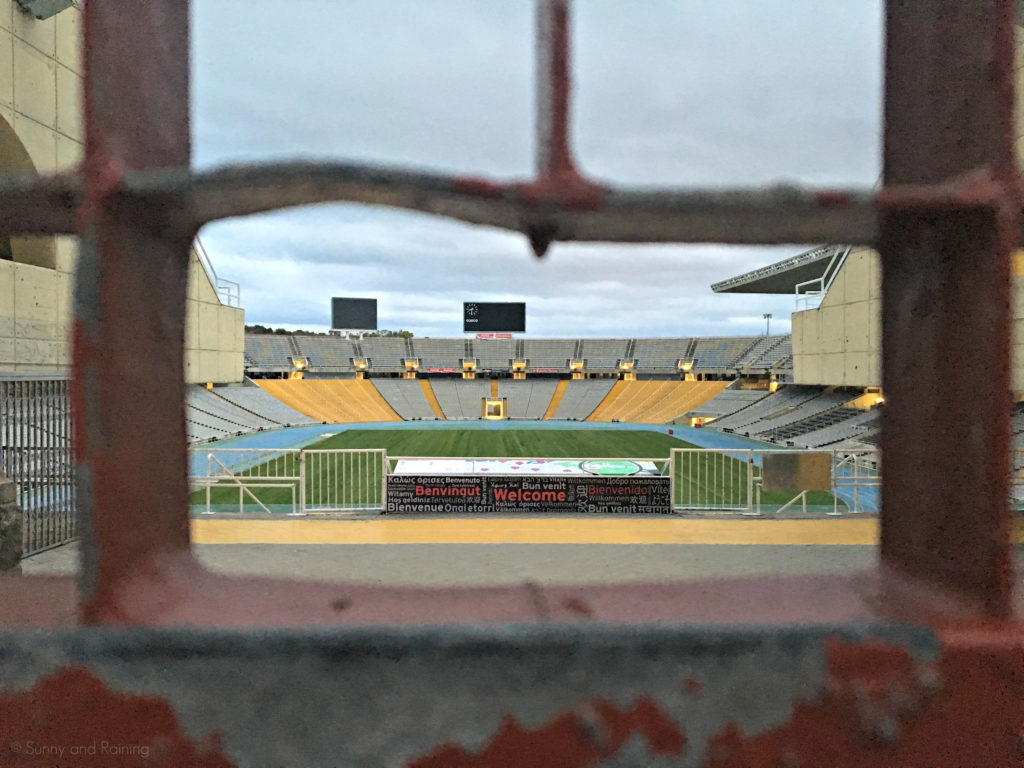
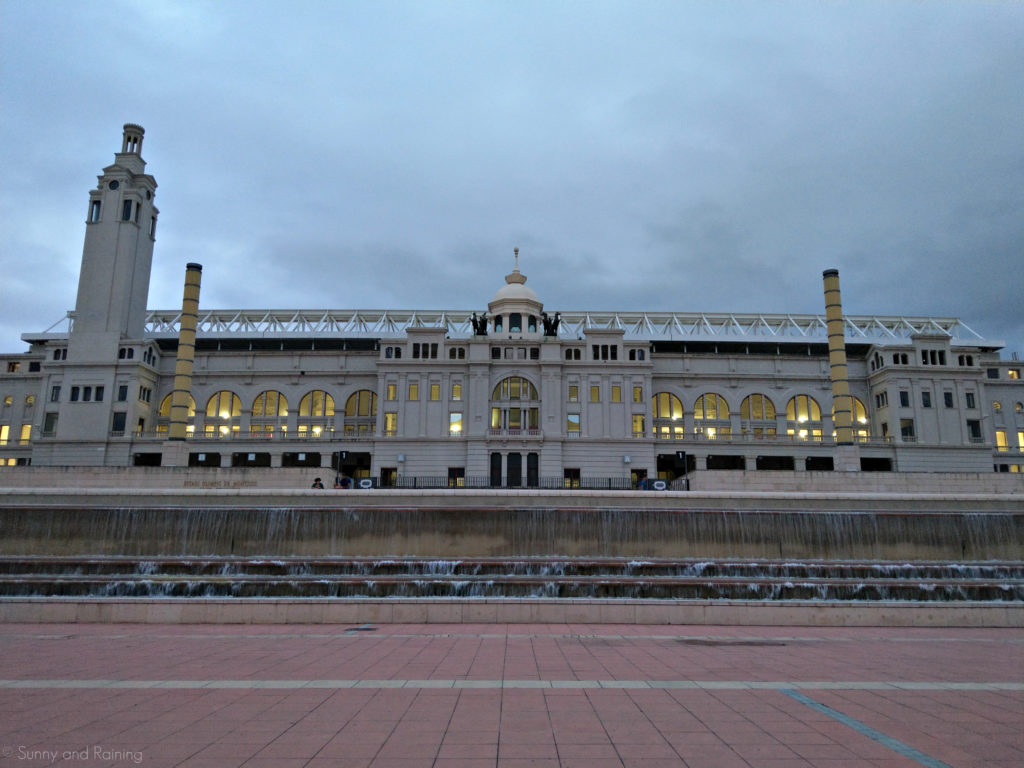
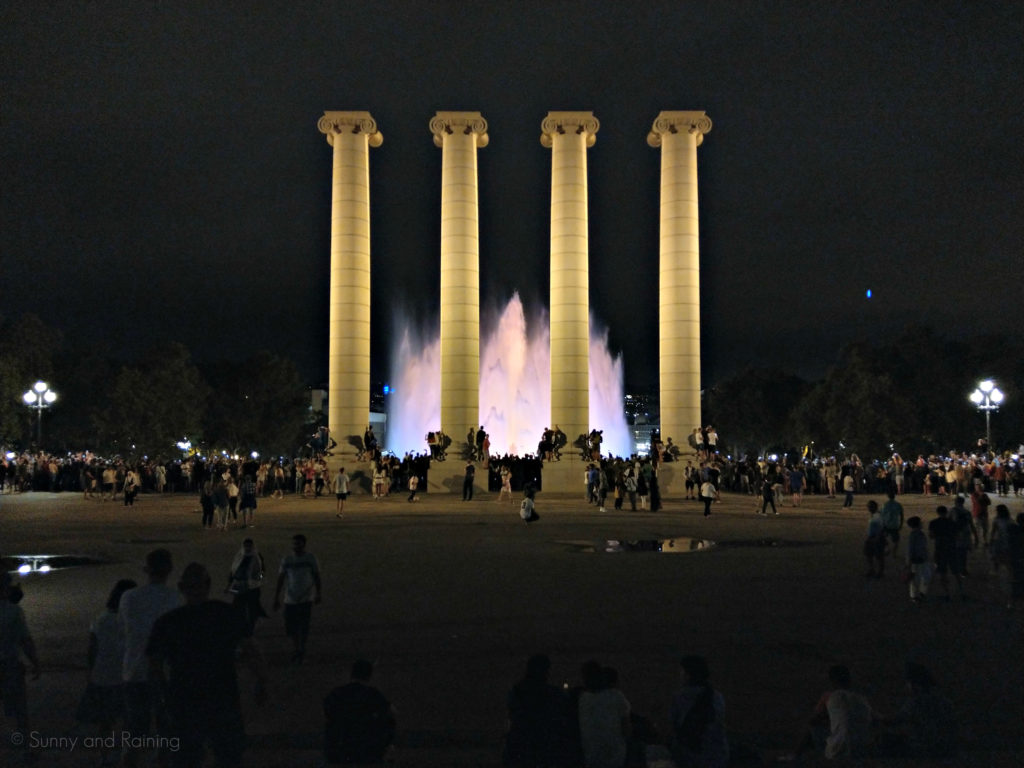
E: For a few years in high school, I ordered patatas bravas nearly every weekday afternoon.
To me, the dish was just another phrase helping me along in my Spanish studies. I wasn’t actually sure it existed, but it remained my go-to menu item when the teacher would call on me in class to order tapas en Español as we all pretended to be at a restaurant.
My entire three years of Spanish classes in high school and college were validated when Tim and I spent a long weekend in Spain. Everywhere we looked, tapas restaurants advertised a similar deal: “Dos cervezas y patatas bravas para 5 euros.”
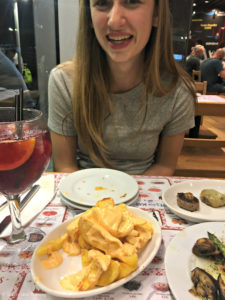 They existed. For nearly every meal, I ordered the popular dish, which came to our table as potato wedges covered in some sort of spicy ketchup.
They existed. For nearly every meal, I ordered the popular dish, which came to our table as potato wedges covered in some sort of spicy ketchup.
They were tasty, but I think I just ordered them because I had spoken about them for so long in my Spanish classes. Once was probably enough, but I was on a roll.
As foodies, we were particularly excited to visit Spain for la comida, and our first morning at the hotel breakfast got me excited for the day. I had no idea churros dipped in chocolate were so popular in Spain — let alone for breakfast.
The sweetness didn’t stop at the churros. I had chocolate gelato every evening, despite Timmy’s snarky remarks that we were in Spain and not Italy. I reminded him that my love for ice cream and gelato is unwavering. I decided a trip to Spain was worth celebrating with gelato, no matter its origins.
We tried plenty of other dishes — like paella and calamares and vegetables covered in the most delicious olive oil. That was an underrated food item from our trip — the olive oils and balsamic vinegar.
We must have looked or acted like stereotypical Americans, because at every place in Barcelona, we were offered English menus. I was so excited to actually have a chance to use my Spanish-speaking skills, but figured it might look a little strange to deny the English menu, and then attempt to disguise my North Dakota accent.
When we took the train out to Tarragona for the day, our language skills were finally put to the test. We stopped at a tapas place when we got hungry (time was meaningless at this point) and found that our waitress didn’t speak very much English.
We successfully ordered our meal of patatas bravas and pollo croquettes and we maybe even sounded like we knew what we were talking about.
One of my favorite food moments was when we sat down for a quick meal before we left Barcelona on our last day. I’m fairly certain the place just typed its menu into Google Translate and then clicked print. “Chicken birds to the barbeque” was probably my favorite.
Despite the weird names of foods, our meal hit the spot. We took our time eating and watching the world go by — realizing we only had a few more hours in Barcelona.
When we go on trips, we’re often scrambling to see and do as much as possible in a short amount of time, but sitting down for a meal is always a priority. Sometimes we do some research about where we should eat, and sometimes we just stumble upon little places that deliver the most memorable meals.
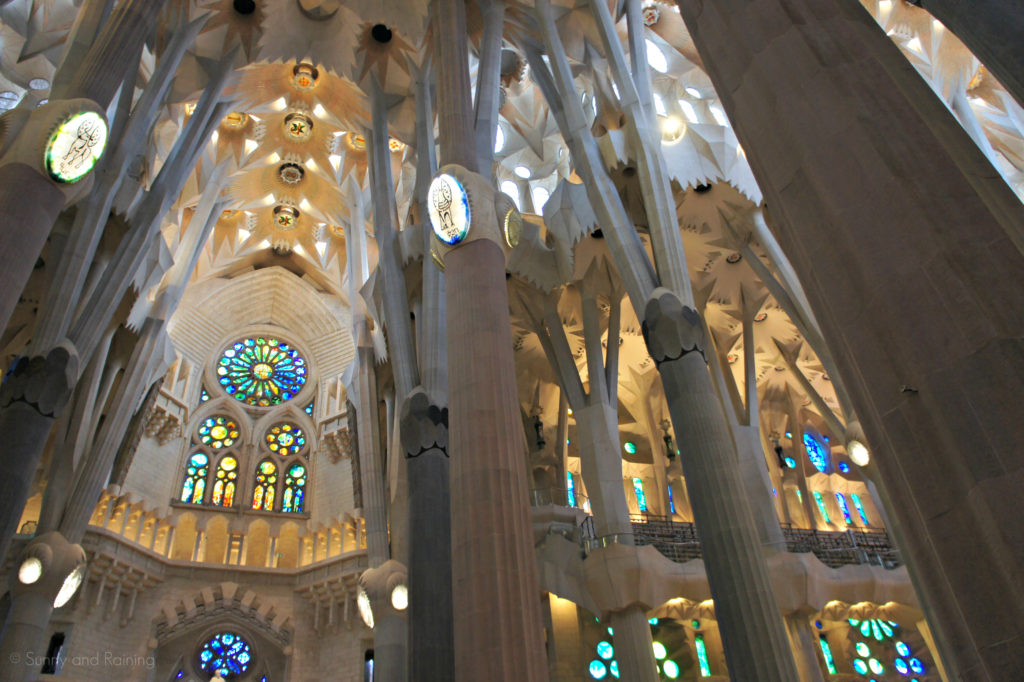
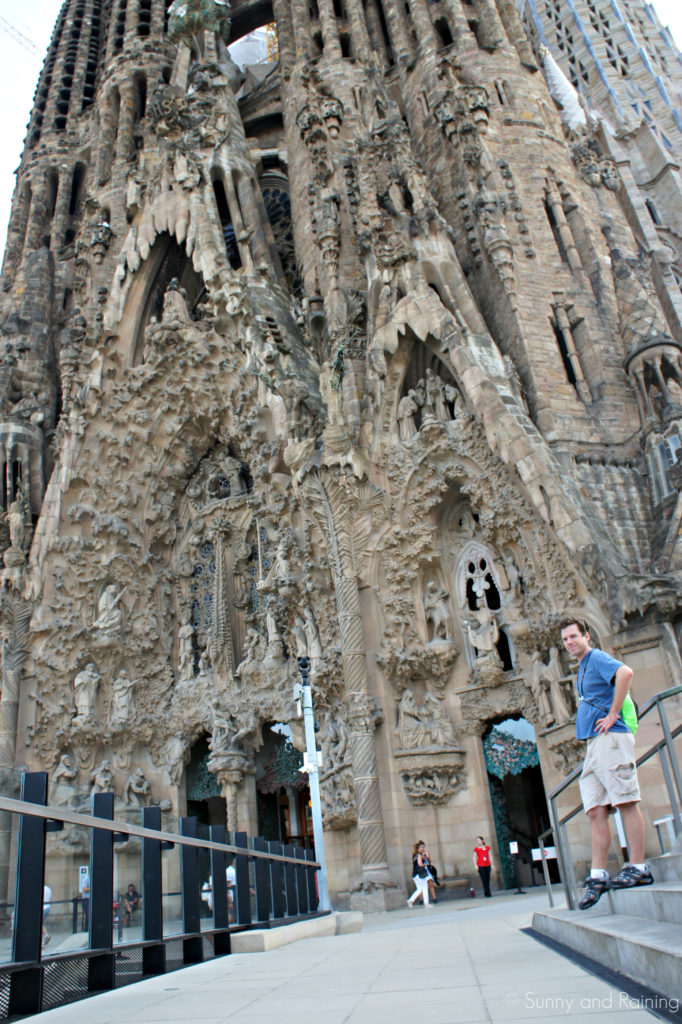
T: As an avid church hunter, I can safely report that no matter where you go, there’s always a church covered in scaffolding.
This usually means some sort of routine maintenance or a medium-term rehabilitation project, or in the case of Barcelona’s Sagrada Familia, an unfinished project after 130 years. That’s actually not bad by cathedral standards, either. We tend to expect the cities and places we visit to be in pristine, well-kept, finished condition, but this expectation is fruitless.
This can be frustrating. We idealize our destinations, expecting them to be flawless attractions without blemish. Tourist guides, Pinterest and Instagram filters aggravate this with their perfect renditions of our travel targets.
I’ve come to expect this. Our visits are but a snapshot in time. Like our itineraries themselves, the places we see are constantly changing.
The Sagrada Familia is intended to be the spiritual centerpiece of this city, and, perhaps in some ways, this region. The project is theoretically nearly done — though over half of the spires, the Glory Facade, much of the organ, and other significant pieces of the basilica remain unbuilt.
During those 130 years, much has changed in the world around the Sagrada. Construction paused for the Spanish Civil War and World War II and only picked back up with any urgency in the 1950s. In that time, of course, Barcelona exploded in population and now the Sagrada, though it towers over the surrounding buildings, is tucked into a bustling European metropolis. The commercialization of, well, everything, is evident at the Sagrada itself, too. Long lines, advanced ticket sales, and stringent security are part of the Sagrada Familia’s modern reality, and all of those distractions make it tough to appreciate the beauty that looms over everything.
After winding through the lines and waiting our turn, we entered the majestic basilica. As in many churches you can visit in Europe, the Sagrada’s beauty and holiness leaves you breathless — and speechless. Without much of a word, we gazed up at the stained glass and at the countless elements built into every corner of the Sagrada.
A cathedral is meant to draw your attention upward, toward the heavens and toward Jesus. The Sagrada Familia’s design does this expertly.
The Sagrada was one of the most breathtaking applications of stained glass I’ve seen anywhere. Everything has a purpose and message. The comprehensive symbolism illuminates Gaudi’s faith brilliantly.
. . .
E: After a day in the big city, Tim and I knew we needed to see a little piece of the countryside, or at least a smaller town. We’re typically the type of people that prefer exploring areas off the beaten path or some trail up a mountain, which made Tarragona the perfect little escape.
An hour train ride south of Barcelona, it was close enough that we didn’t feel we’d be wasting too much time getting there. We did technically miss our train the first time, but I blame that on unclear directions to what ended up being the wrong platform. Not even our comical backpack-running through a crowded train station could have saved us from that fiasco.
But the next train was less than an hour later. When we finally arrived in Tarragona, we found plenty of views and attractions to keep us busy for an afternoon.
Just a short walk from the train station stood the Tarragona Amphitheatre. We paid about 3 euros to wander freely through the well-preserved first century B.C. Roman amphitheater that looked like something directly out of a movie. I couldn’t help but laugh when I learned it was renovated around 200 A.D. Technically that’s when it was rebuilt, but there’s still something so strange about standing inside a place where gladiators used to fight off large animals in front of 15,000 spectators.
We spent the majority of the day just walking around taking in the sights. We dipped our toes in the Mediterranean Sea, toured the Tarragona Cathedral and got lost in the old streets. In a place like Tarragona, we didn’t feel rushed to see any particular sight or another. Just looking around seemed enough.
I didn’t realize it until we arrived; but when I pictured us in Spain, I pictured us in Tarragona.
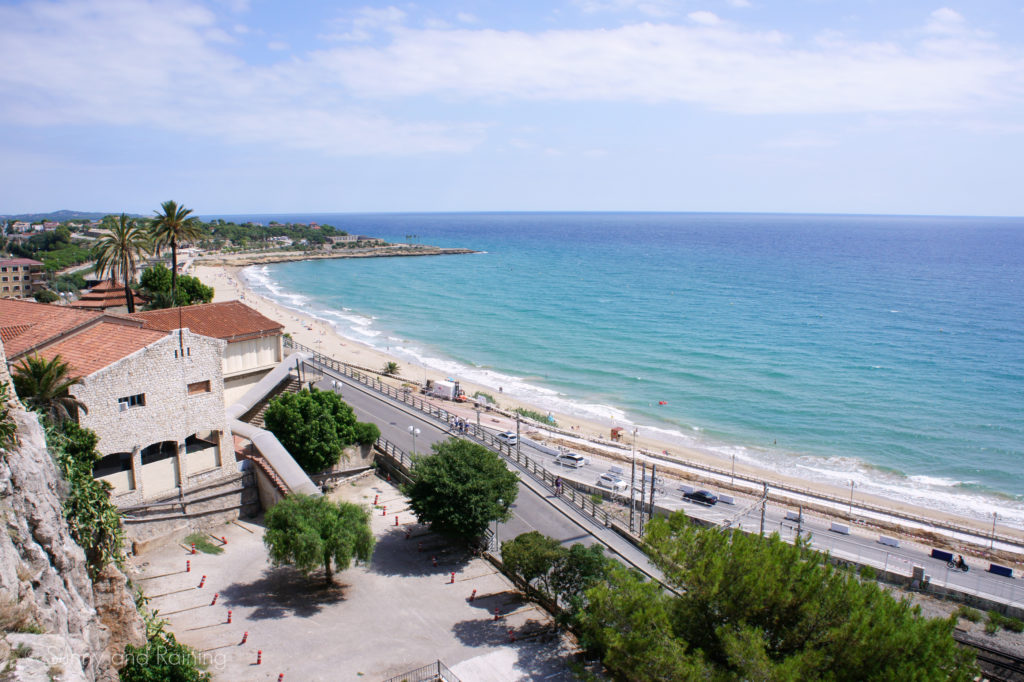
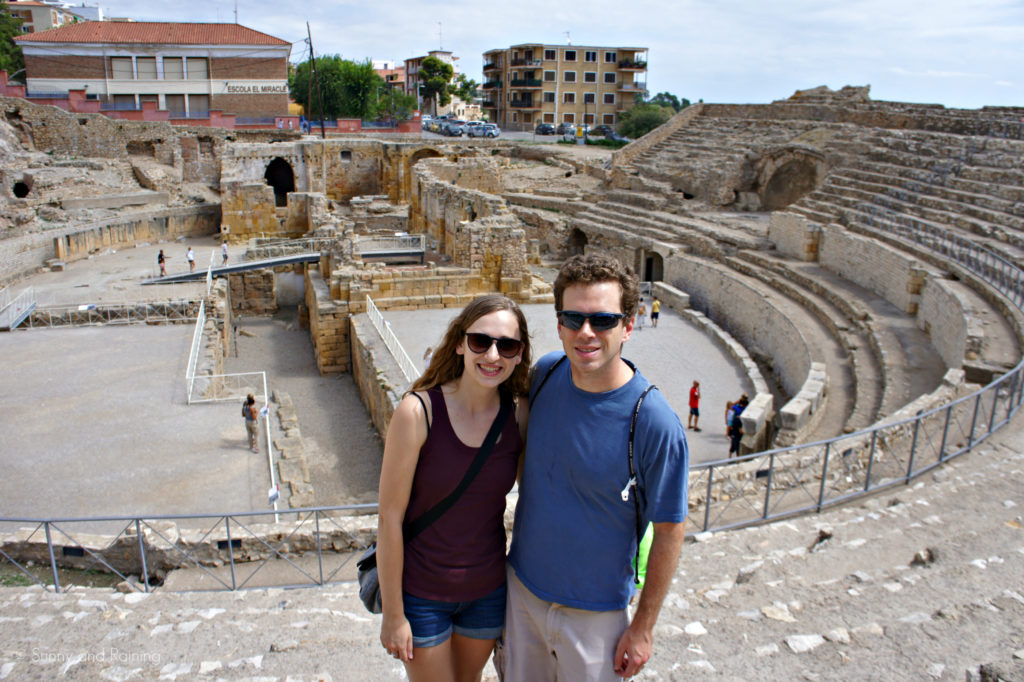
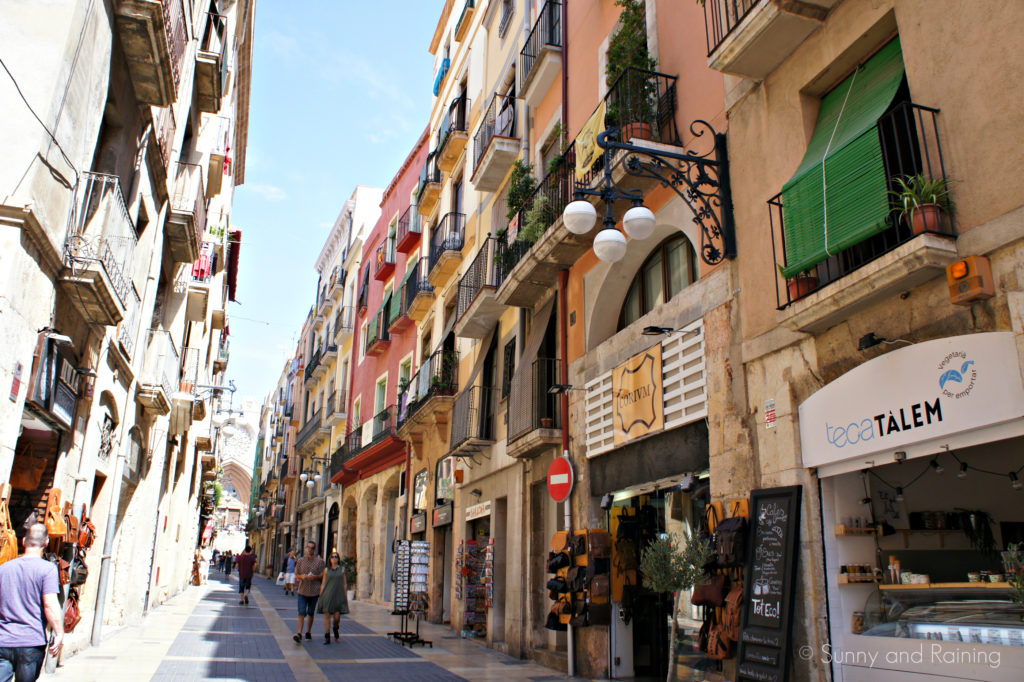
T: We spent a healthy amount of time on our last day in Park Güell, a hillside park designed by Gaudi that brilliantly reflects his signature architectural character. It truly has something for everyone: long, quiet, winding pathways through the woods; endless art sculptures and fountains; captivating views of the city; and street musicians strewn about the park.
We stayed in the free area; the Monumental Core is fairly inexpensive (7.5 euros) and takes you into the buildings in the center of the park with much more art and architecture. But we’re not exactly art museum people, and on top of that there was over a three hour wait to get into the Monumental Core.
But there is plenty to see and do in the free area. There are endless paths through the garden, entertaining street musicians and great views. The park was highlighted in a surreal sort of way by climbing to the top of the Three Crosses of Calvary monument — a 20 foot high stone homage to Jesus’ crucifixion and an attractive vantage point over the park and the city below. We climbed up the stairs and squeezed ourselves into a crowd of people all trying to maneuver around to look out in different directions from the platform. With no rails, it felt like a giant game of trust with our fellow tourists.
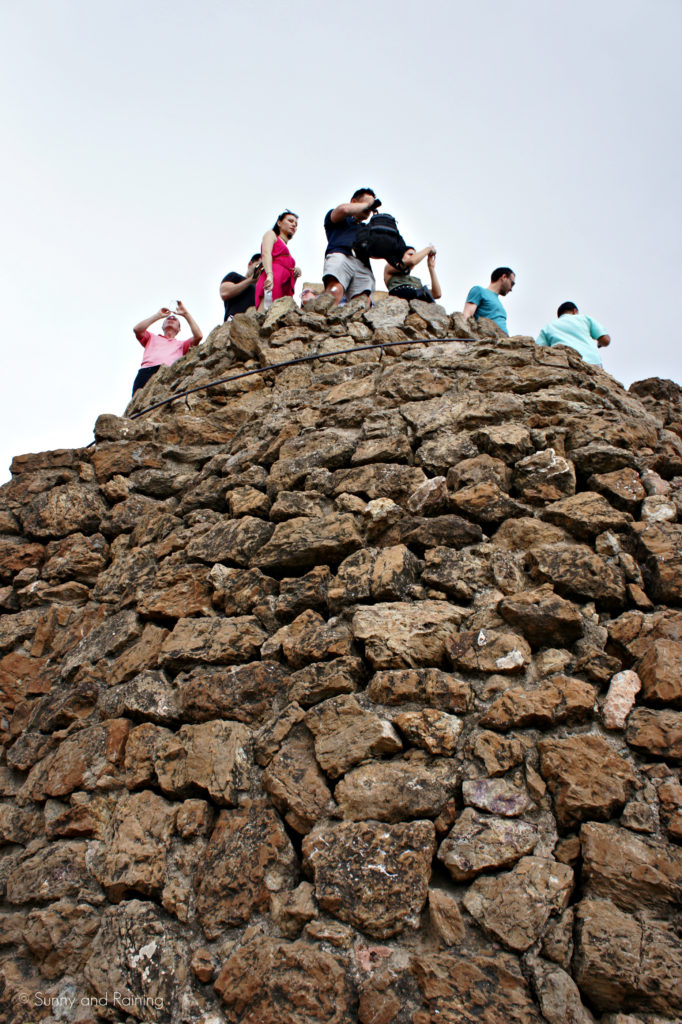
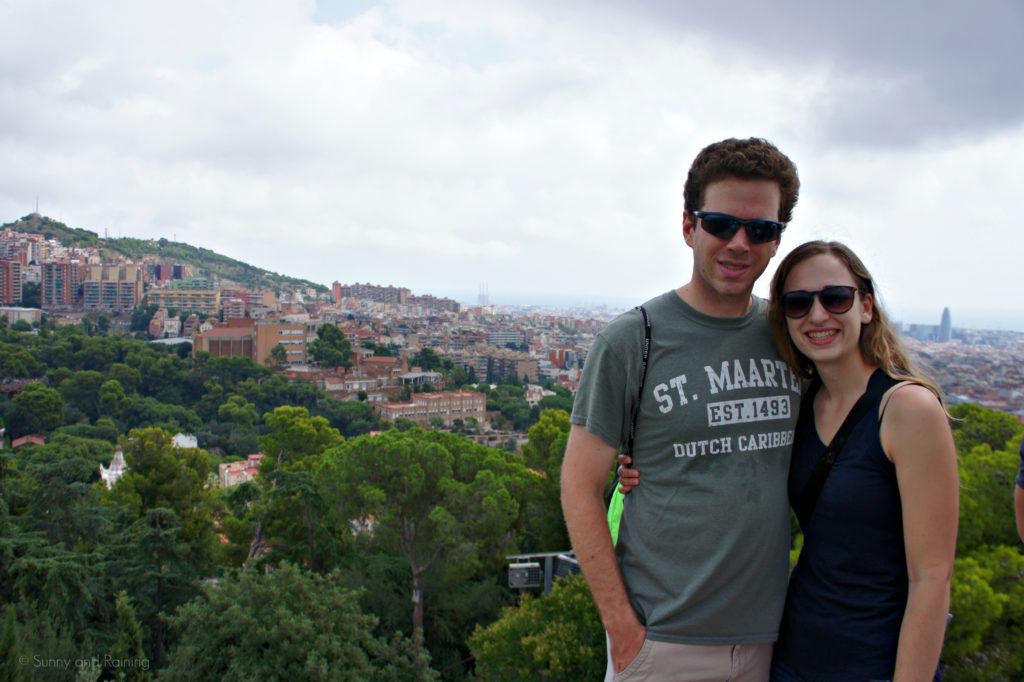
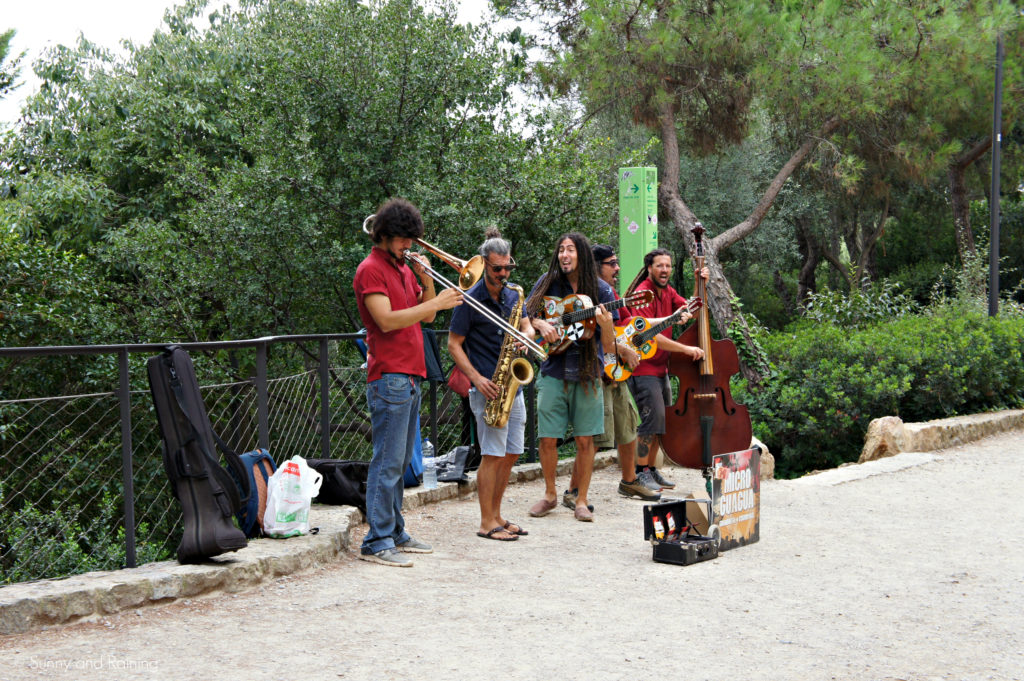
E: One of the last landmarks we visited in the city was Barcelona’s Arc De Triomf. Built as a gateway to the Universal Exhibition, which Barcelona hosted in 1988, it stands magnificently tall.
We walked around it and through it and just strolled around the grounds. There were a few locals blowing bubbles in the wind with huge ropes, which only added to the experience. There was something so whimsical about it. Children and adults would laugh and pop the bubbles like it was the first time they’d ever seen them.
We just watched it all from a park bench. It was a hot, sunny day, and we sat there thinking what else we possibly needed to see or do or experience in Barcelona. It was technically our third day there. For once, we both agreed we had seen all we could ever want to see in such a timeframe.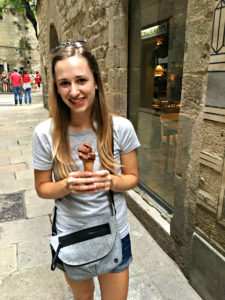
As we made our way to the train station to head to the airport, we stumbled upon a little gelato place.
Instinctively, I glanced at Tim with a look he knows all too well. We already had gelato twice during the trip, but I had to know if this place was just as good.
Fear of Missing Out got the best of me.
Tim lovingly rolled his eyes and we stopped in for one last cone of gelato.
The gelato was still Italian and not Spanish. And it still didn’t matter.
. . .
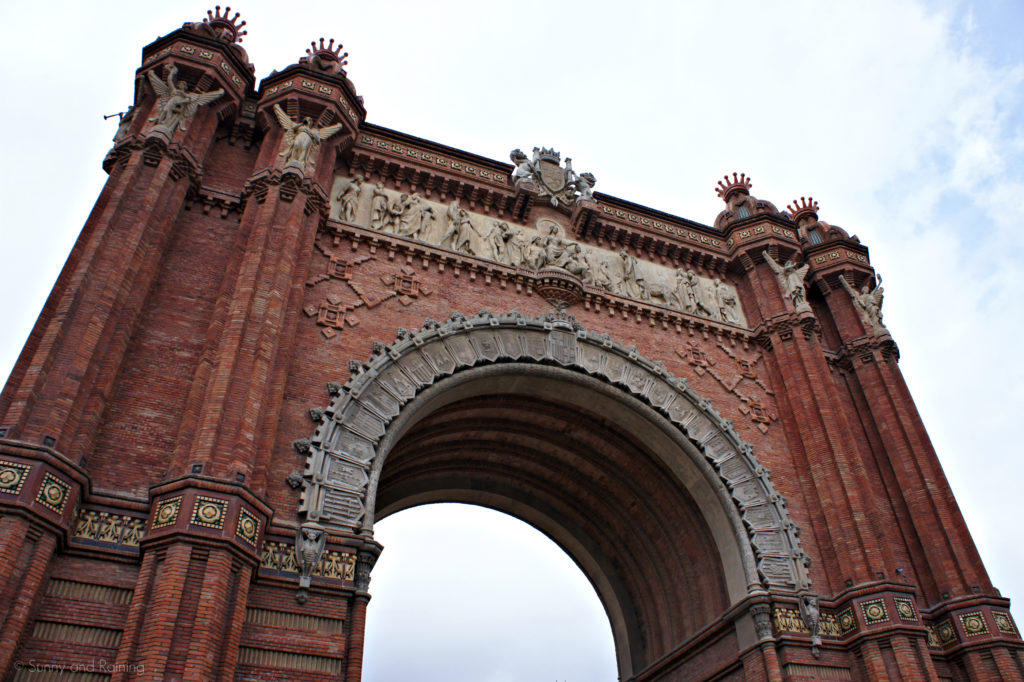
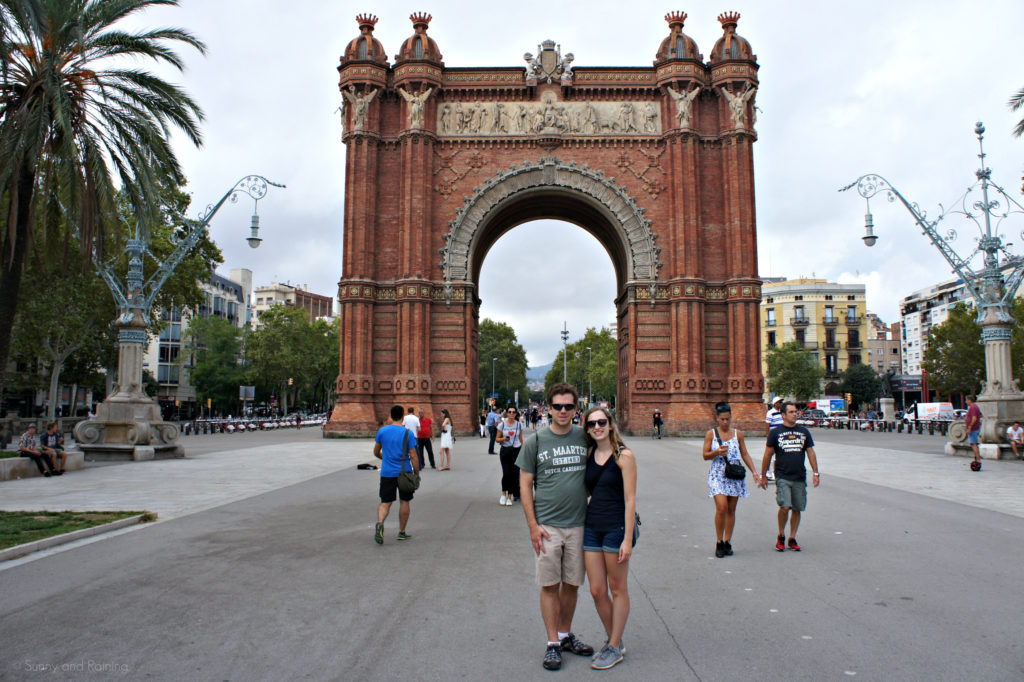
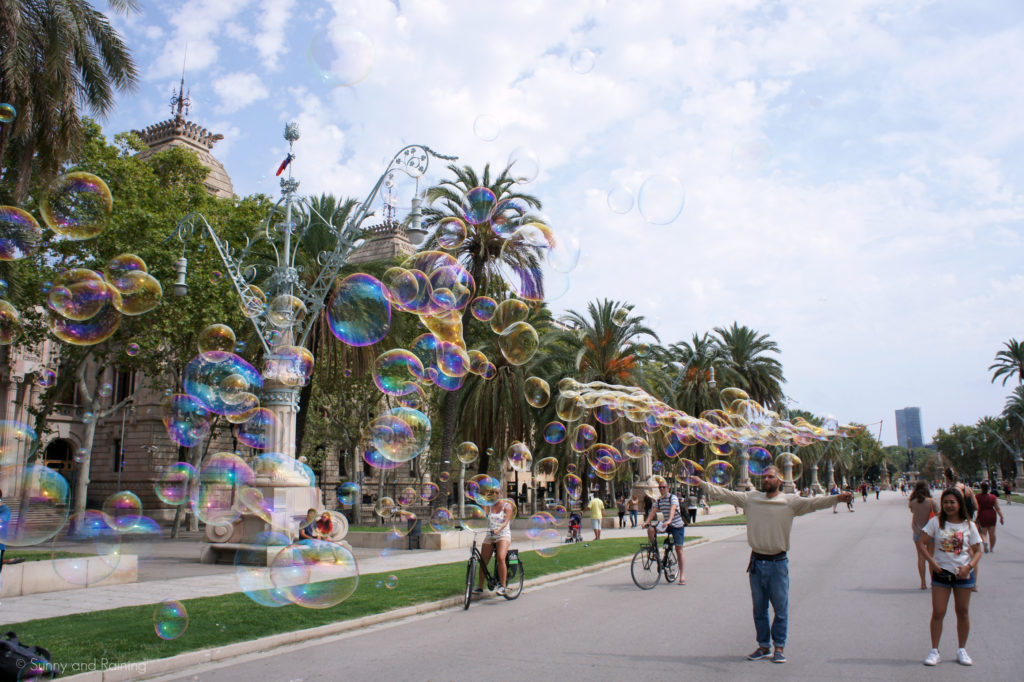
When we went: Early September 2018
Where we stayed: Hilton Barcelona
How long we stayed: Two nights, Two days, Saturday evening to Monday evening
What we wish we knew before we went: While we enjoyed our time in Barcelona, it felt a lot like many large European or even American cities. Take more time to explore the smaller towns and countryside. | Give yourself plenty of time at the train station. There are several different departure boards for the regional, national and international trains.
